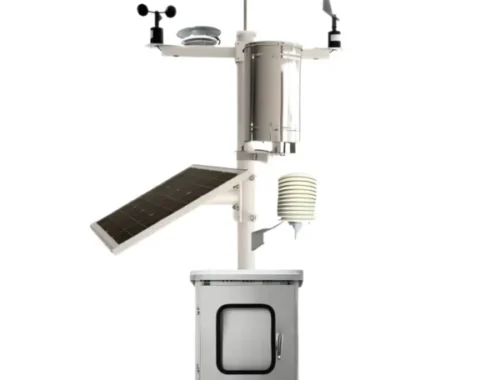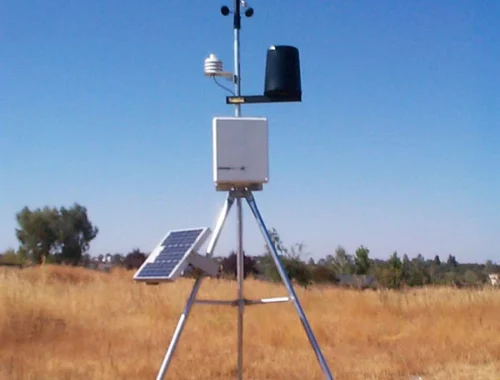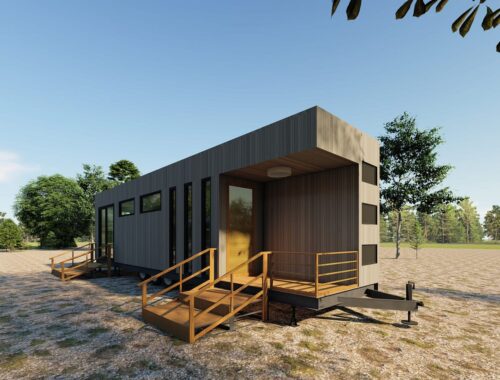Why Are NPS Park Police Headed to the Border?
>
If you’ve walked around the monuments in Washington D.C. you’ve probably seen them. A lot of times they’re posing for photos atop their horses and wearing these kind of bulbous, soft-blue helmets with visors that give them the look of 1970’s motorcycle cops. They’re the U.S. Park Police, and their boss, Secretary of Interior Ryan Zinke, wants to send them to patrol the U.S.-Mexico border.
You might have also seen the park police on some federal lands in New York City or San Francisco, the two other spots they’re stationed. Besides making sure sweaty tourists in D.C. don’t get out of hand, park police also run crowd control for the many rallies and protests and gatherings in the U.S. capital. They have a canine unit. A motorcycle unit. Even a SWAT unit. What they do not have is a border patrol unit.
“President Trump and I are 100 percent committed to keeping our border communities and the American people safe and secure, which is why I'm deploying some of Interior's law enforcement officers to increase security on the southern border,” Zinke said in a statement. “Today’s news is the first of many steps Interior will take to secure the homeland. Interior is ready, willing, and able to deploy a significant force to carry out the President’s mission.”
The news was first reported by The Hill, which obtained internal Department of Interior (DOI) emails saying park police would be sent to the southwest border starting May 13. A group of 22 rotating officers will be stationed for 21 days in two places: Organ Pipe Cactus National Monument, 331,000-acres of land in Arizona on the border, and Amistad National Recreation Area, a 55,000-acre box canyon reservoir north of Laredo, Texas.
Park police are a division of the National Park Service, so it makes sense that they’d be sent to lands under NPS jurisdiction. And the places the police are being sent have a history of smuggling. Amistad is listed as a high intensity drug trafficking area by the Department of Justice, mostly because it’s a lake that straddles the border, so smugglers have taken to loading bundles of drugs in ski boats and zooming across. Organ Pipe, on the other hand, is a gorgeous square of desert with jagged cliffs and thorny cacti that can be unfriendly to anyone walking off trail. It’s pretty remote, which drug traffickers have tried to exploit. Until three years ago, in fact, more than half of the monument was off limits, a decision made after a park ranger was killed in 2002 while tracking armed smugglers with Border Patrol. Organ Pipe has been called, with some hyperbole, the “most dangerous park in America.”
Part of the reason smugglers and migrants cross public lands is by design. For the past couple decades it’s been U.S. strategy to force this traffic into the roughest, most perilous terrain in the region, which is oftentimes public lands. Still, patrolling such places has always been the job of Border Patrol.
That will still be, overwhelmingly, the case. These 22 park police stationed in the two DOI-owned lands will “provide additional support” to law enforcement in the area. They won’t be running their own operations, and it’s hard to see what help these 22 police will lend. There are already 19,500 Border Patrol agents stationed on the U.S.-Mexico line, with plans to hire 5,000 more. Plus, southwestern states are sending 1,600 National Guard troops to help. (Despite this hiring surge, migration along the border is actually down from last year, which was it’s lowest point since 1971. And if it’s drugs the park police are hunting, most of those cross undetected through official ports of entry, not remote DOI lands.)
Prior to The Hill’s article, Zinke didn’t put a specific number on how many officers he’d be sending, only that he’d deploy “some of Interior's law enforcement” and that DOI employs 3,500 law enforcement officers. Obviously that sounds more grand than the couple dozen park police who will visit the border for a few weeks.
Some people have also noted the irony of sending a rotating crop of inexperienced park police on an expensive border tour a week after the DOI denied 14 of its archeologists the chance to visit a major convention in Washington because of travel costs. Outside reached out to the DOI and to NPS to ask about this, as well as if park police would receive any additional training, and what they’d do on the border. Both agencies sent the same response, which repeated much of Zinke's statement, adding that "the joint program will be reviewed and adjusted through the summer."
You May Also Like

Automatic Weather Station: Real-Time Environmental Monitoring and Data Collection
March 14, 2025
Automatic Weather Station Price Analysis and Market Trends
March 16, 2025